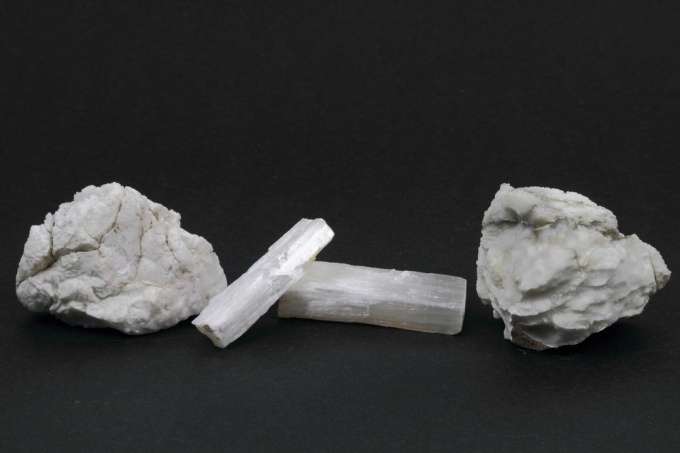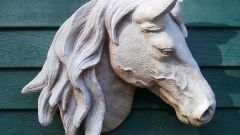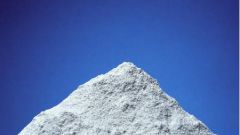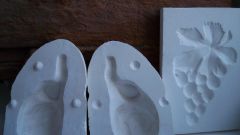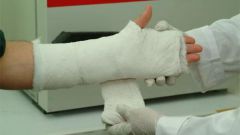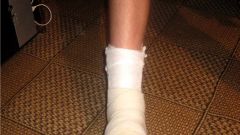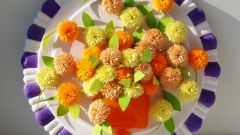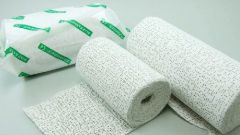This material was used in ancient times, before the invention of cars and electricity. Everything you need for cooking is dry plaster and water, the capacity to prepare the solution, a spatula for mixing. It's good to have a fine-mesh sieve (0.2-0.5 mm) for sifting dry plaster before preparing solution. The fresh plaster of good quality, in original packaging pre-screening is not required. For sculpting now available is a large variety of sets, which in addition to gypsum powder includes tools for working with plaster.
The basic requirements for the process of obtaining a plaster solution is the same for all types of plaster and methods of solution — powder pour into water, stirred with a spatula, avoiding formation of air bubbles in the solution. It is possible to pour a thin stream, while simultaneously stirring the solution (this may form a foam on the surface that you want to delete) or to fill the middle of the mound and stir with a spatula cutting movements inside the volume of the liquid without trapping under stirring the air. In an industrial environment to remove air from the solution using vacuum.
Tighten the cooking process is impossible, we must have time to make a cast for 1-2 minutes. The consistency should be the same as heavy cream or liquid cream. Usually 0.7 l of water poured 1 kg of powder. Too liquid solution will reduce product strength, too thick, bad fills in all the corners and meanders form.
The solution is to add dry plaster to obtain the desired consistency, breed the plaster with water is impossible. You also cannot use for solution preparation vessel with the remnants of the previous batch of plaster.
Depending on the brand of plaster mortar hardens over time from 5 to 30 minutes, so you need to mix small portions to be used for a limited time of solidification. Work with a solution in the period from the start of setting until the hardening. Further, the product should be left in a warm room to dry. Reduced temperature affects the quality of gypsum products.
